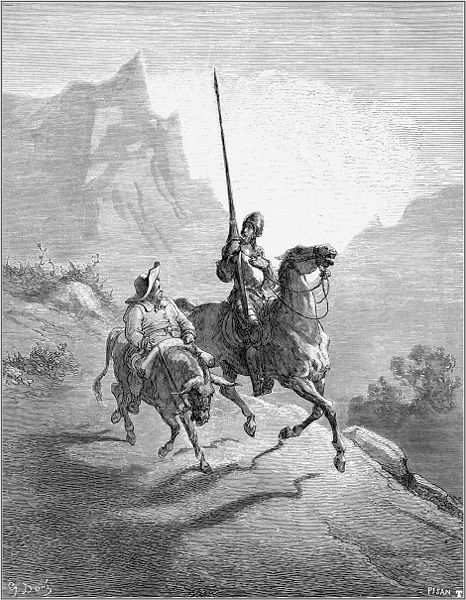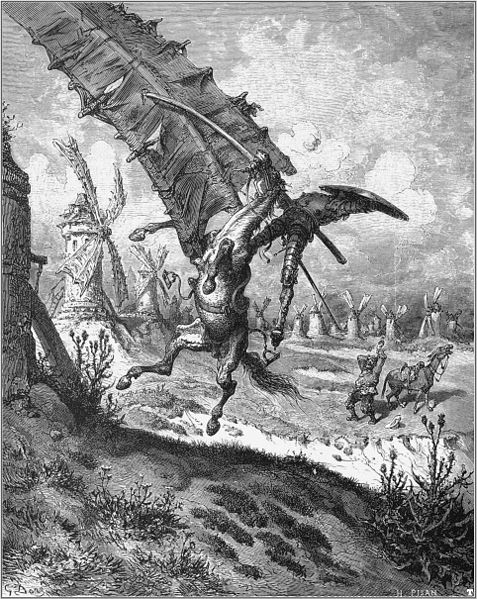Prepare for standardized tests with eBooks, online courses, and full-length practice tests for GED, SAT, ACT, AP, PSAT, GRE, LSAT, MCAT, TOEFL, U.S. citizenship, and more in Gale Presents: Peterson’s Test and Career Prep.
Research undergraduate and graduate programs, find tuition assistance, and explore and prepare for careers whether you’re entering the workforce for the first time or searching for new opportunities. Search for jobs and create résumés, cover letters, and websites that can be shared with prospective employers.
![]()
Go to Peterson's Career & Test Prep




